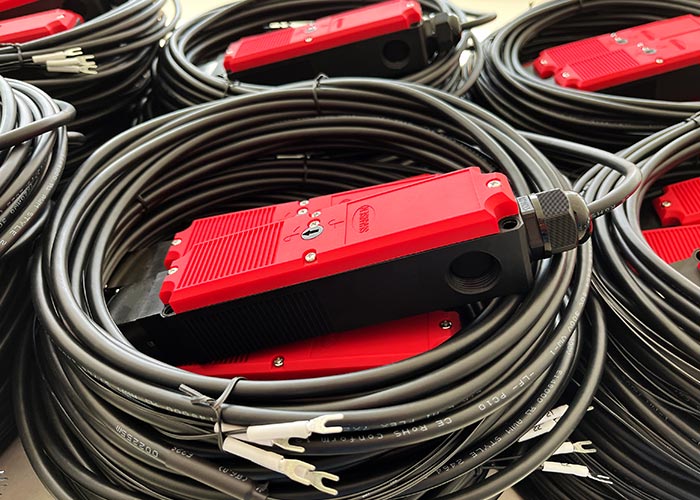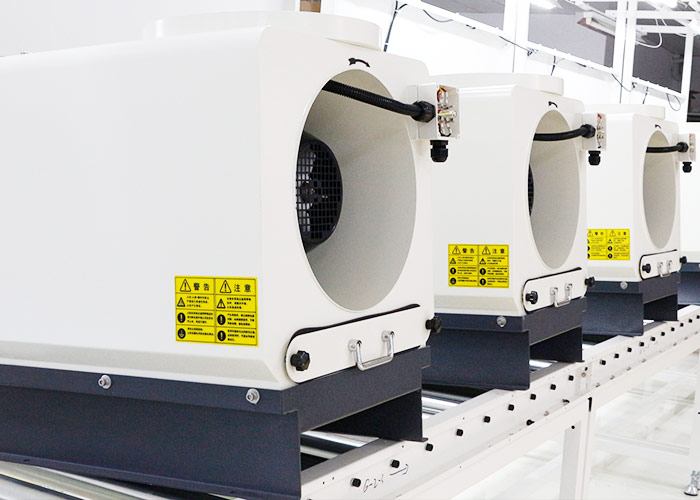-
WhatsAPP: +8618863275928
-
Tengzhou, Shandong, China

Electronic lathe: a smart tool for modern manufacturing
With the continuous advancement of science and technology, traditional machining technology is constantly being updated and iterated. As a modern processing equipment, electronic lathes are gradually replacing traditional lathes with their unique technical advantages and becoming an important production tool in many industries. Electronic lathes not only perform well in processing efficiency and precision, but also greatly improve the stability and cost-effectiveness of production through high automation and intelligent management.
Cost savings and efficiency improvement
Compared with traditional lathes, electronic lathes can save 10% of operating costs. Although the initial investment of electronic lathes is high, their efficient performance and low long-term operating costs enable enterprises to recover their investments in a shorter period of time. Electronic lathes use electronic control systems, which reduce dependence on manual operation, reduce labor costs, and also reduce losses caused by human operating errors. Through precise control, electronic lathes can complete processing tasks more efficiently, thereby improving production efficiency and helping enterprises gain greater profit margins in a highly competitive market.
Easy to learn and operate
Traditional lathes usually take 3 years to learn and operate, while the learning curve of electronic lathes is significantly shortened. It only takes 3 minutes of learning time for operators to master the basic operations of electronic lathes. This simplified operation mode reduces training costs and enables companies to start production faster, reducing the time for personnel training on the production line. The operation interface of the electronic lathe is intuitive and easy to understand, which can effectively reduce the operator’s erroneous operation and ensure the efficient operation of the equipment during the production process.
Precision and processing capabilities
Another significant advantage of the electronic lathe is its excellent processing accuracy. Compared with traditional lathes, electronic lathes use advanced electronic control systems, which greatly improves their processing accuracy. This enables electronic lathes to perform more complex and delicate processing tasks and meet the production needs of high-precision requirements. In particular, electronic lathes are particularly outstanding in thread processing. By flexibly adjusting the processing parameters of external threads, threads of various specifications can be effectively processed, which greatly improves processing efficiency and accuracy and ensures the consistency of product quality.
Automation and intelligent control
The automation and intelligent control system of the electronic lathe is its uniqueness. Through the electronic control system, the electronic lathe can automatically adjust the processing parameters such as cutting speed and feed rate to achieve a highly automated processing process. The operator only needs to set the initial parameters, and the equipment can automatically complete complex processing tasks, reducing manual intervention. This not only improves the stability and processing accuracy of production, but also reduces the errors that may occur during the production process, ensuring that each product meets high standards.
In general, the emergence of electronic lathes has brought revolutionary changes to traditional mechanical processing. By saving costs, shortening learning time, improving processing accuracy and realizing automated control, electronic lathes have demonstrated unparalleled advantages in modern production. With the continuous advancement of technology, electronic lathes will continue to promote the intelligentization and automation of the manufacturing industry and become the core equipment in the production of all walks of life. When enterprises choose electronic lathes, they can not only improve production efficiency, but also effectively reduce operating costs and improve product quality, thereby gaining an advantage in the fierce market competition.



